Your living room is the heart of your home. It’s where you make memories with family and friends. A well-designed living room can make your gatherings and downtime better. To get a balanced look that’s both beautiful and useful, you must avoid common errors.
Planning is essential for a living room that shows off your style and meets your needs. A good design can transform your space into a stunning and practical area. This article will help you understand modern trends, the psychology of good layouts, and key planning steps for your dream space.
When designing your living room, remember a well-thought-out space can improve your life. By steering clear of common mistakes and aiming for balance, you’ll have a perfect spot for chilling and socializing.
Table of Contents
Key Takeaways
- Avoid common living room design mistakes to achieve a balanced and functional space
- Planning is crucial for a successful living room design
- Consider your living room layout to create a stylish and functional area
- Understand modern living room design trends to inspire your design
- A well-designed living room can elevate your social gatherings and relaxation time
- Focus on creating a space that reflects your style and meets your needs
Understanding Modern Living Room Design Trends
Designing your living room means keeping up with the latest trends. Your decor should show your style and be both comfy and welcoming. Look for design ideas that focus on comfort, function, and looks.
Think about how you’ll use your living room. Will it be for work, entertaining, or just relaxing? Knowing this helps you design a space that fits your needs and follows current trends. You might add a workspace or a cozy reading area.
Modern living room design includes:
- Multi-purpose furniture that does more than one thing
- Smart tech like lighting and sound systems
- Green materials and design choices
Adding these elements makes your living room stylish and useful. Always put your needs and style first. Don’t hesitate to try new ideas. With creativity and planning, your living room will show off your unique style and decor preferences.
The Psychology Behind Successful Living Room Layouts
Designing a living room involves more than just looks. It’s about creating a space that feels right. You want it to be both beautiful and useful, where you can unwind and enjoy time with loved ones. To get this right, focus on balance, proportion, and harmony.
These elements help you pick the right furniture, lighting, and colors. This way, you make a room that feels welcoming and complete.
Knowing how to arrange furniture in a living room is key. Think about how people will move around and where they’ll sit to talk. A good layout can make you feel better and more productive. In a modern living room design, it’s about mixing style with practicality.
Here are some important tips for a great living room layout:
- Balance: Make sure the room looks balanced, with a mix of big and small things.
- Proportion: Pick furniture that fits the room’s size.
- Harmony: Choose colours and lights that make the room feel cozy and inviting.
By understanding the psychology of good living room layouts, you can make a space that’s both lovely and useful. It’s perfect for relaxing and socializing in a modern living room design that shows off your style.
Essential Planning Steps Before Starting Your Design
Designing your living room requires careful planning. You need to balance looks and function. Start by picking the best living room colours that match your furniture and decor. Think about the room’s natural light and how it will change the color’s look.
Also, consider living room lighting and its role in the room’s mood. A good design mixes function and style. Begin by measuring your space accurately, taking into account room size, shape, and features like doors and windows.
- Know your style preferences to guide your design choices
- Plan the room’s layout to ensure it’s functional and easy to move around
- Think about how you’ll use the room and design it to fit your needs
By planning well, you can make a living room that’s both beautiful and practical. It will also show off your style.
Fundamental Elements of Living Room Design
Designing a living room involves several key elements. For small spaces, scale and proportion are vital. Choose furniture that fits the room well, avoiding big pieces that make it feel tight. Tips like using mirrors can make the room look bigger and more open.
Here are some important design tips to remember:
- Use light-coloured walls to reflect light and make the room seem larger
- Opt for furniture with simple designs and minimal clutter for a calm feel
- Add colour and texture with throw pillows and blankets
By using these ideas, you can make your living room both stylish and practical. Steer clear of mistakes like too much furniture or bold patterns. This will help create a welcoming and balanced space.
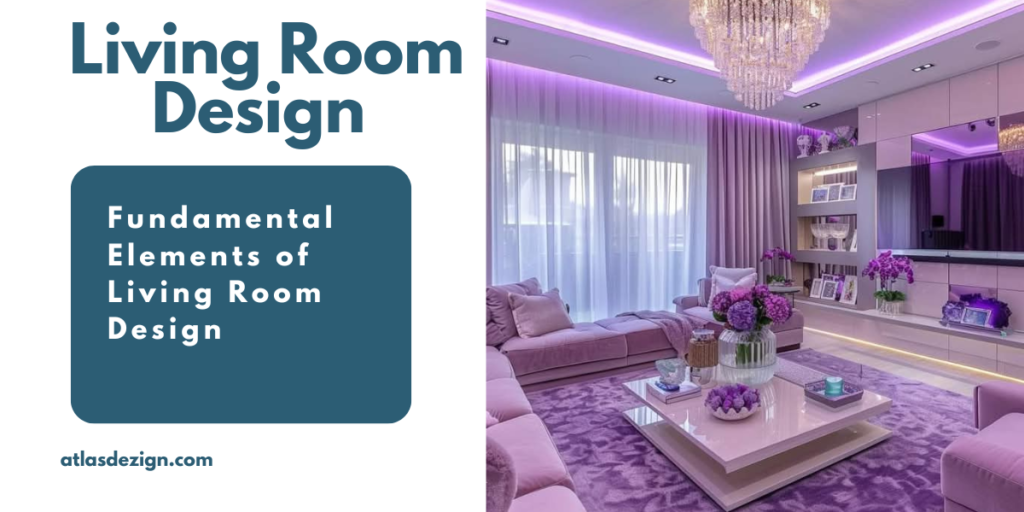
Space Planning and Traffic Flow Considerations
Planning your living room design is key to making it both functional and comfy. A well-thought-out layout can change how the room feels and works. It’s important to think about how people move and where to put furniture for easy flow.
The way you arrange furniture shapes the room’s different areas. For example, setting up seats around a coffee table makes a spot for chatting. This helps create a room that feels open and welcoming.
- Creating a clear path from the entrance to the seating area
- Defining different areas within the room, such as a conversation area or a reading nook
- Leaving enough space between furniture pieces to ensure easy movement
By considering these points, you can make a living room that looks great and works well. It will be a place where you can relax and enjoy time with others.
Colour Theory and Its Impact on Room Atmosphere
When designing your living room, think about how color affects the mood. Color theory is key in setting a mood or emotion in a room. Different colours can make you feel different ways. Choosing the right colours can make your living room feel welcoming and cohesive.
Consider the natural light, furniture, and textiles in your room. Also, think about your style and preferences. This will help you pick a colour scheme that fits your living room design ideas.
A good colour scheme can make your living room feel bigger, calmer, or more lively. You can mix colours to achieve this. For example, use a neutral colour like beige or grey as the main colour. Then, add accent colours like blue or green to create a special atmosphere.
Remember, the goal is to balance your living room decor with your design ideas. This will make your living room both beautiful and functional.
- Monochromatic: using different shades of the same colour
- Complementary: using colours that are opposite each other on the colour wheel
- Analogous: using colours that are next to each other on the colour wheel
By understanding colour theory, you can create a living room that looks great and works well. It will show off your personal style and preferences in your decor and design ideas.
Lighting Solutions for Different Room Functions
Lighting is key in a modern living room design. It sets the mood and makes the space work well. To get it right, think about how furniture placement affects your lighting choices.
Natural Light Optimization
Natural light makes a room feel cozy and welcoming. To get more of it, place windows and mirrors wisely. This lets in more natural light.
Artificial Lighting Layers
Artificial lighting has different roles in a room. You can have task, ambient, and accent lighting. Layering these lights makes your space both beautiful and practical.
Smart Lighting Integration
Smart lighting adds convenience to your living room. It lets you control the lights easily. This makes your space more enjoyable to use.
Some top picks for modern living room lighting include:
- Table lamps for task lighting
- Floor lamps for ambient lighting
- String lights for accent lighting
Furniture Selection and Arrangement Strategies
Designing a living room involves choosing the right furniture and arranging it well. The colours and lighting in the room greatly affect its look and feel. It’s key to pick furniture that fits the room and each other well.
A good furniture layout makes the room feel bigger and more welcoming. Think about how people move around and place furniture to encourage conversation and relaxation. Avoid mistakes like too much furniture or too many patterns to keep your room stylish and useful.
Here are some important things to think about when picking and arranging furniture:
- Scale and proportion of furniture pieces
- Style and material of furniture
- Creation of conversation areas
- Management of natural movement patterns
By carefully choosing and arranging your furniture, you can make a living room that suits you. It will have the best colours and lighting to make the space feel cozy and inviting.
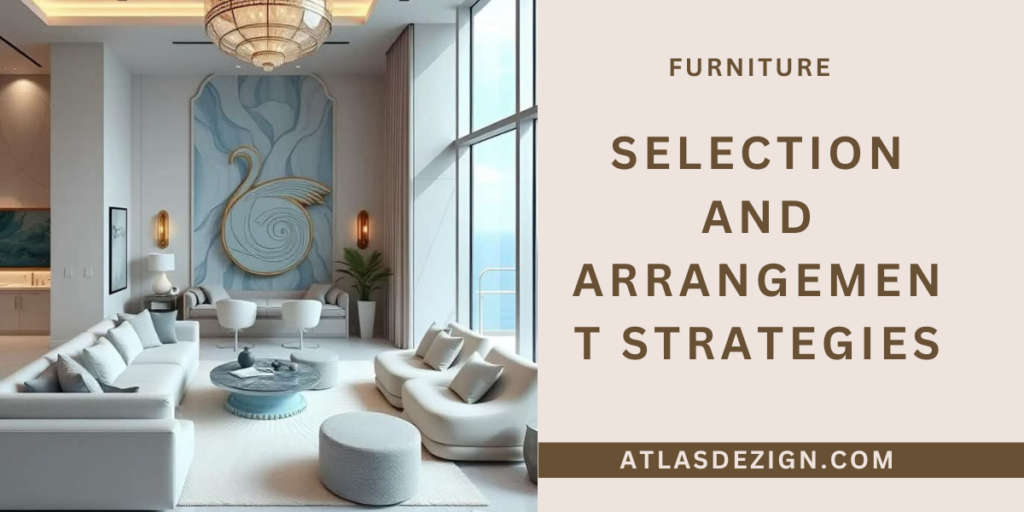
Incorporating Storage Solutions Without Compromising Style
Designing a living room means planning to keep it clean and stylish. This is key in small spaces, where every item matters. Adding storage solutions makes your room both pretty and practical, using every inch wisely.
Think about using hidden storage, like ottomans or coffee tables with secret spots. These keep things tidy while looking sleek. Also, choose furniture that does more than one thing, like a bench or desk with storage, for convenience and style.
Decorative storage can also make your room stand out. Use pretty baskets or bins for things like blankets, books, or magazines. This way, your living room stays elegant and useful, great for both chill time and parties.
Here are some tips for adding storage to your living room design:
- Figure out what storage you need and where clutter builds up
- Pick furniture and decor that does double-duty
- Make the most of vertical space for more storage
By using these strategies and adding storage to your design, you can have a lovely and useful living room. It will show off your style and meet your needs.
Common Living Room Design Mistakes to Avoid
Designing a living room can be tricky. Avoiding common mistakes is key to a stylish space. Overcrowding and too many bold patterns are big no-nos. A well-thought-out layout can greatly enhance the room’s feel.
Balance, proportion, and harmony are vital in living room design. These principles help create a room that looks good and works well. Choose furniture that fits the room, mix textures and colours, and use lighting to set the mood.
Here are some mistakes to steer clear of in living room design:
- Overcrowding the room with too much furniture
- Using too many bold patterns or bright colours
- Neglecting the importance of lighting in setting the mood
- Ignoring the flow of traffic in the room
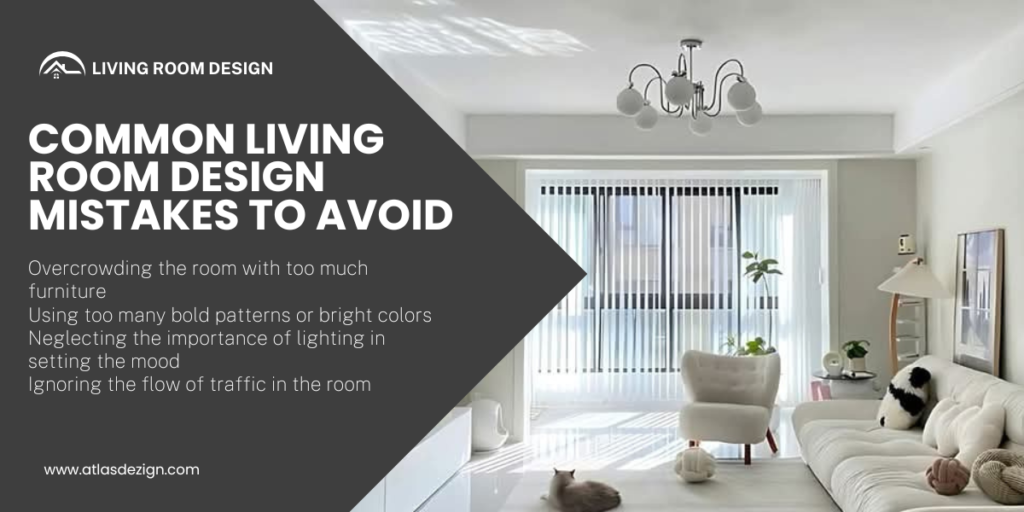
Avoiding these mistakes can lead to a stylish and functional living room. Think about the layout and how it affects the room’s feel. With careful planning and attention to detail, you can make a beautiful and welcoming living room that shows off your style.
Expert Tips for Maintaining Design Harmony
Creating a beautiful living room is all about balance. It should look good and feel comfortable. Think about what you want your living room to be like and how to make it happen.
Using a mix of design elements can make your room feel cohesive. For instance, mixing light and dark colours can make the space interesting. Adding different textures and patterns can also add depth and interest.
- Choose a few standout pieces, like a bold artwork or a vibrant rug, to tie the room together.
- Use a neutral colour scheme as the base and add colour with accessories and decor.
- Balance the room by placing furniture and items in a way that looks good and feels right.
By using these tips and mixing design elements, you can make a living room that’s both beautiful and practical. It will show off your style and be a cozy place to relax and have fun.
Conclusion
Starting your living room design journey is exciting. The secret to a space that shows your style and meets your needs is balance. By arranging furniture well and using modern design, you can make your living room welcoming and useful.
First, look at your space and arrange furniture to improve flow and conversation. Try out different layouts to find what works best for you. Choose pieces that serve more than one purpose, like furniture with storage, to keep your space tidy and nice to look at.
Let your creativity show in your living room. Add personal touches like artwork and decorative items that reflect your style. Each piece should work together to make a beautiful and cohesive space. Your living room should show who you are, so be bold and creative.
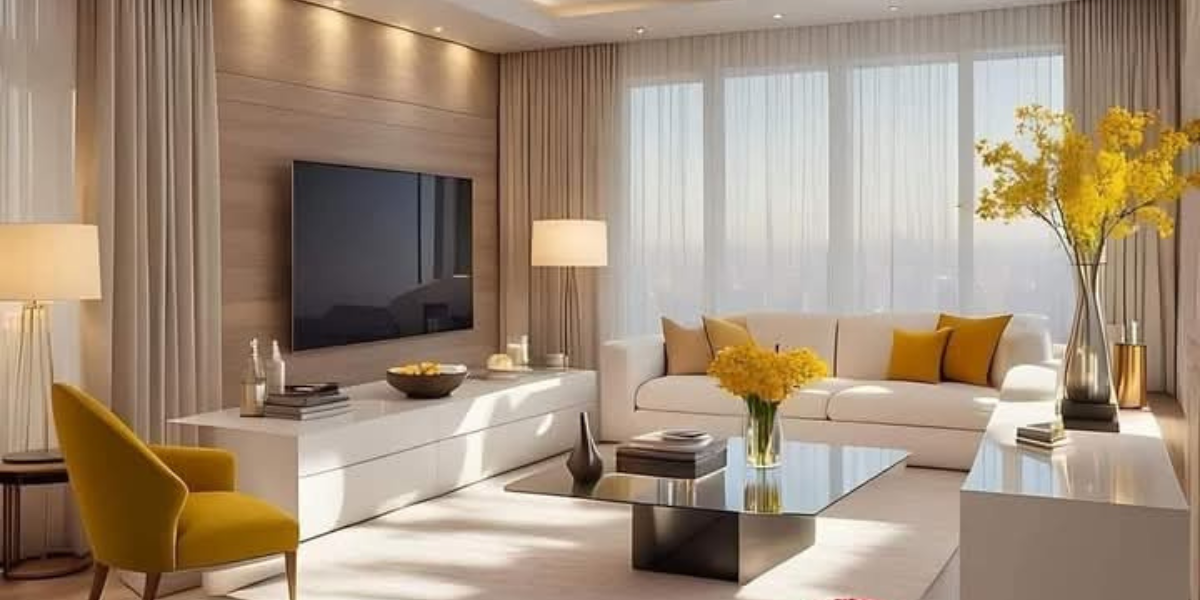

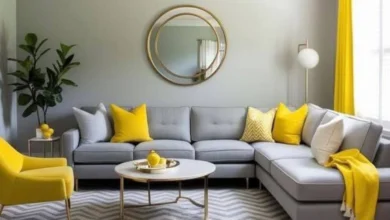 Living Room Decor Ideas: Wall Accents, Chic Pillows, and Charming Lighting
Living Room Decor Ideas: Wall Accents, Chic Pillows, and Charming Lighting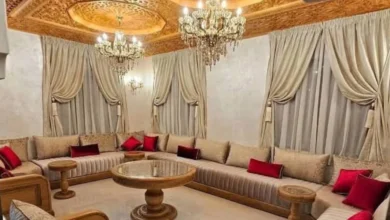 Practical ideas for Moroccan living room designs that combine authenticity and modernity
Practical ideas for Moroccan living room designs that combine authenticity and modernity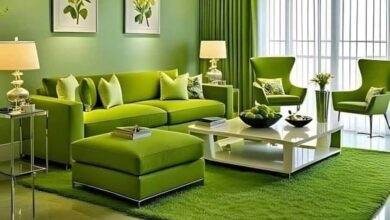 5-Creative Ideas to Decorate Your Living Room with Your Personal Touch and Unique Style
5-Creative Ideas to Decorate Your Living Room with Your Personal Touch and Unique Style